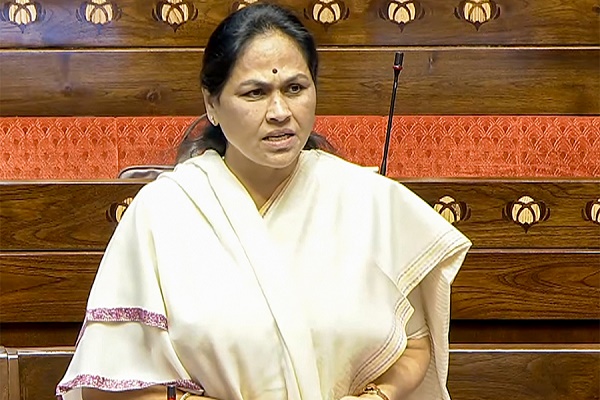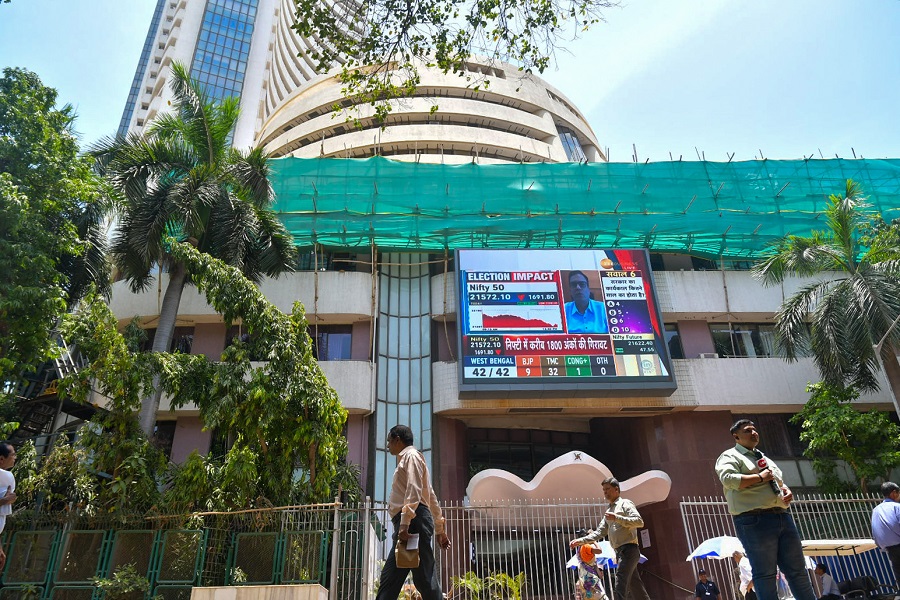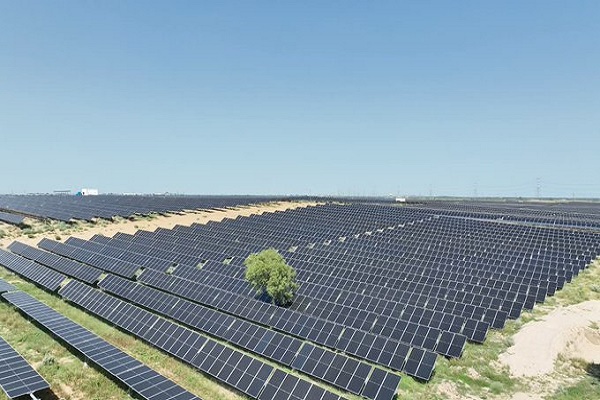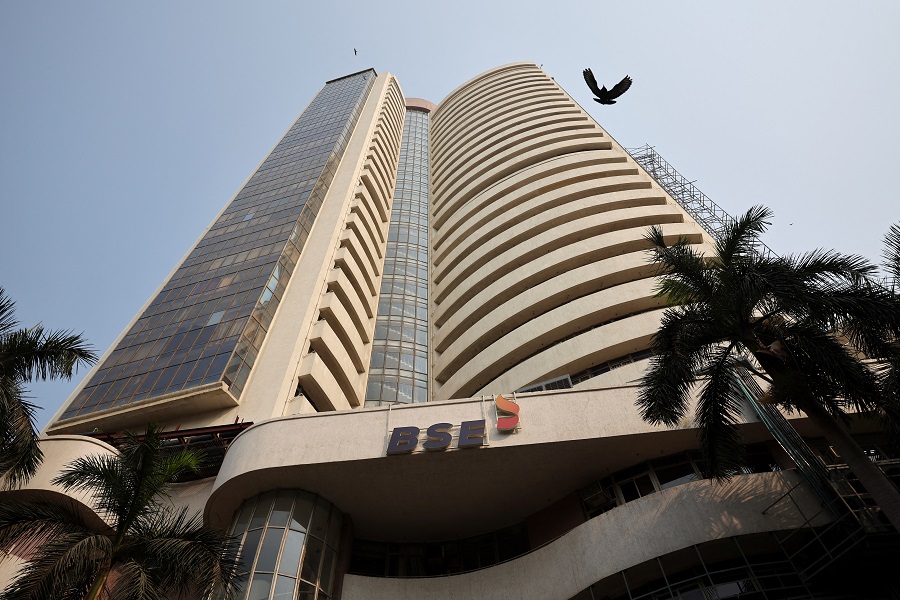Quote on Driving Growth Through Capex and Consumption : What to Expect from Budget 2025 by Dr. Vikas Gupta, OmniScience Capital

Below the Quote on Driving Growth Through Capex and Consumption: What to Expect from Budget 2025 by Dr. Vikas Gupta, OmniScience Capital
As India prepares for the Union Budget 2025 on February 1, 2025, expectations are running high, with an estimated Rs.53 lakh crore plan in the works. This budget is poised to address pressing economic concerns while paving the way for sustained growth through infrastructure development, manufacturing incentives, and tax reforms. We anticipate a capital expenditure-heavy, infrastructure-oriented budget focused on development rather than the provision of individual freebies. Such an approach is expected to drive revenue and earnings growth over the next few years. Furthermore, with the Reserve Bank of India likely to cut interest rates, market conditions appear favorable. The Nifty index could potentially witness a 15–20% increase over the year.
Investors, businesses, and individual taxpayers should closely monitor these developments as they unfold, as they will significantly influence the country’s economic trajectory and the broader investment landscape.
A Shot in the Arm for Consumption
The government’s primary focus appears to be reigniting consumption to counter the slowdown in GDP growth observed in the past quarter. To achieve this, there is growing talk of providing income tax relief for salaried taxpayers. By increasing their disposable income, the government aims to boost purchasing power and stimulate consumer demand, a critical driver of economic growth.
Infrastructure: A Catalyst for Employment and Growth
With India’s young workforce expanding rapidly, the budget is likely to allocate increased funds for infrastructure projects, including smart cities, national highways, and rural connectivity. Investments in these sectors are expected to create employment opportunities and drive economic momentum, contributing to a robust foundation for long-term development.
Streamlining Tax Laws and Direct Tax Code Developments
The Income Tax Department has received over 6,500 suggestions from stakeholders aimed at simplifying tax laws. A Central Board of Direct Taxes (CBDT)-led committee is reportedly working on removing outdated provisions and easing compliance requirements. The revised tax framework is expected to reduce the current 298 sections and 23 chapters into a more streamlined format.
While the long-awaited Direct Tax Code (DTC) is in the works to replace the Income-tax Act of 1961, the upcoming budget might not feature major structural changes in direct taxes. However, individual taxpayers could benefit from minor relief measures, such as revised tax slabs, aimed at combating inflation. These changes could make additional cash available to households and further stimulate consumption.
Focus on Simplification and Rationalisation
The government appears focused on simplifying tax laws gradually, with special attention to rationalising the Tax Deducted at Source (TDS) provisions. Sources indicate that the current complex TDS structure could be consolidated into 3-5 broad categories with simplified rates. This streamlining effort could significantly reduce compliance burdens for taxpayers and businesses alike.
Tax rationalisation, long overdue, remains a pressing issue. While efforts have been made to address this through proposals like the draft Direct Tax Code, progress has been slow. The government’s current strategy seems to favor addressing existing challenges within the current framework rather than introducing entirely new legislation.
Addressing Tax Litigation Challenges
One of the critical issues that the budget must tackle is the ongoing challenge of tax litigation. Significant sums remain stuck in litigation under the current Income Tax Act, creating uncertainty for taxpayers and delaying revenue collection for the government. Addressing these bottlenecks could improve the ease of doing business and provide greater certainty for both taxpayers and the tax department.
Incentives for Manufacturing and Industry
As part of its growth strategy, the government is expected to extend the low-tax regime to companies setting up new manufacturing units in India during the financial year 2025-26. This measure aims to attract investments, generate employment, and boost industrial activity.
Sectors such as textiles, footwear, gems and jewellery, electric vehicles, pharmaceuticals, and renewable energy are likely to benefit from targeted incentives, including Production Linked Incentive (PLI) schemes. These incentives could enhance India’s competitiveness in global markets and foster self-reliance in critical areas like electronics and solar panel manufacturing.
Balanced Measures for Economic Growth
While major structural reforms may be on hold, the India Budget 2025 is expected to deliver a balanced mix of measures addressing immediate challenges while laying the groundwork for sustained growth. By prioritizing consumption, simplifying tax laws, and incentivizing manufacturing, the government is paving the way for economic recovery and long-term resilience.
Above views are of the author and not of the website kindly read disclaimer










More News

Pre-Budget Expectation Quote on Real Estate by Jash Choraria, Crest Ventures Limited











